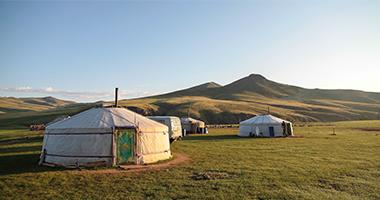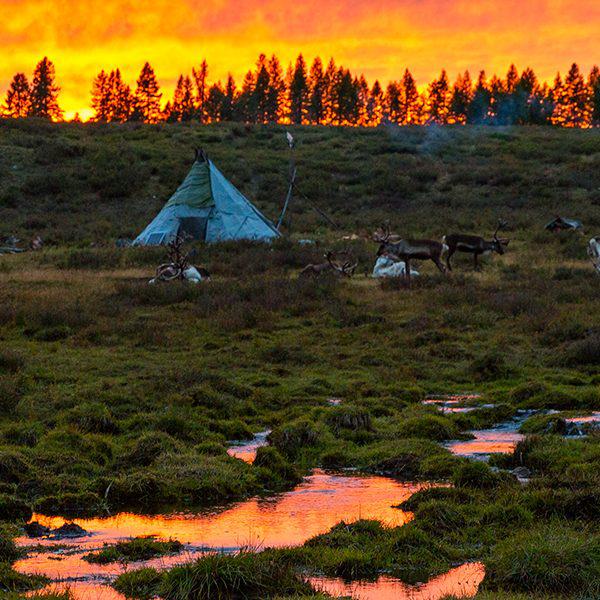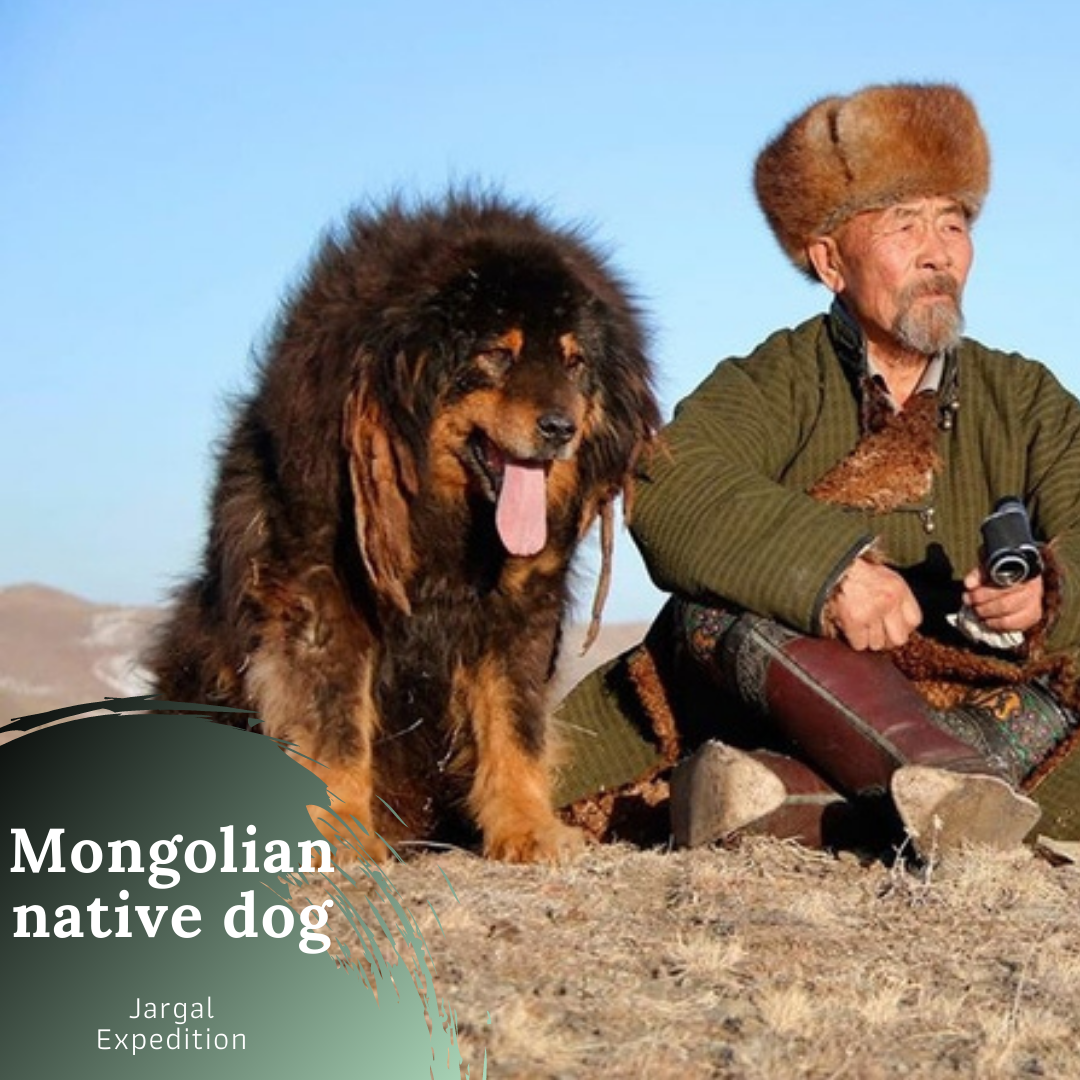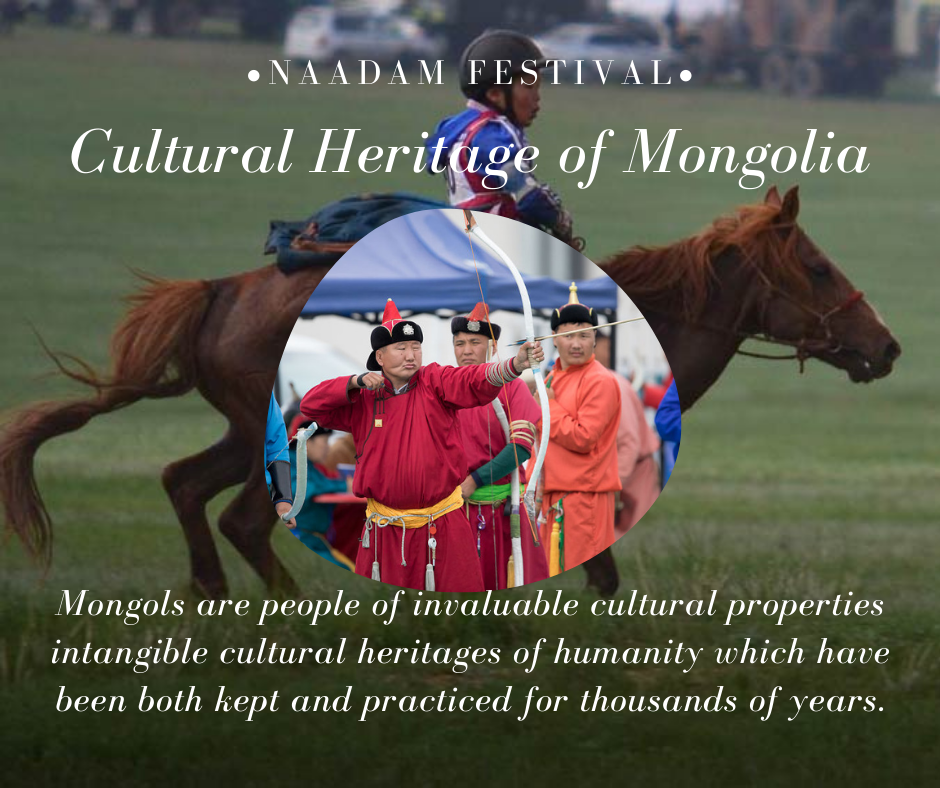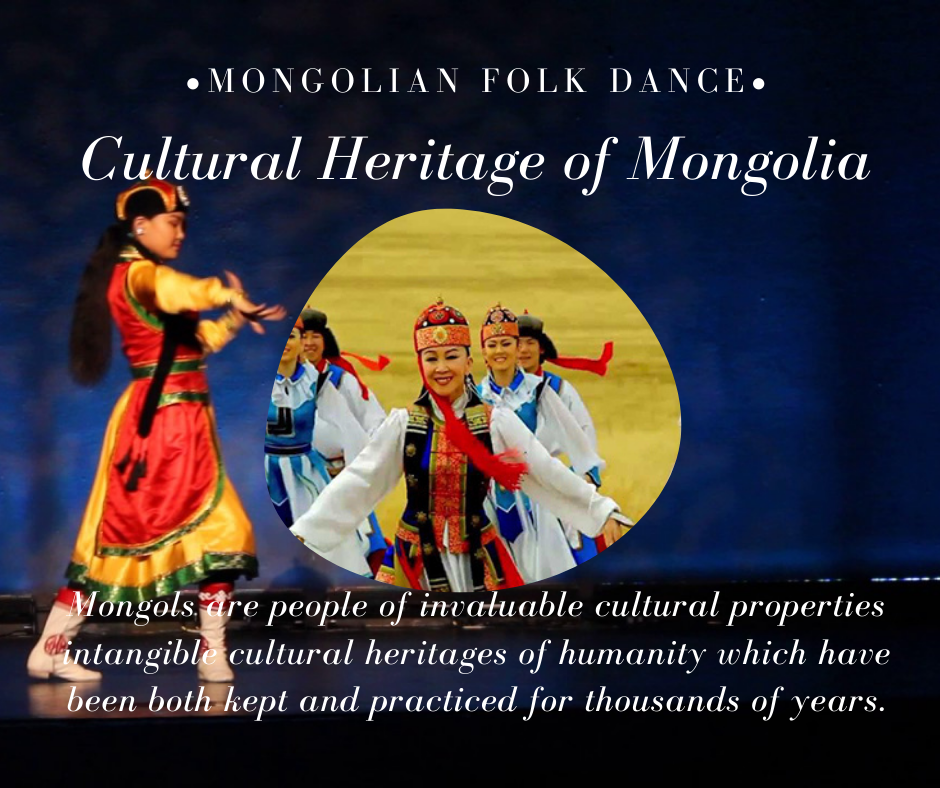The Mongolian yurt has existed for over 2000 years
The yurt or Ger, is the traditional habitat of nomads from Asia. There are two types of yurts according to the country it belongs to: Mongolian yurt and Kyrgyz yurt. They differ in small details of structure.
The Mongolian yurt has existed for over 2000 years. It is characterized by his ability to be mounted and dismounted. Mongolian nomads change their living place every season so their cattle can eat. The yurt is often moved and rebuilt on a new place.
The yurt consists of: several walls forming the rounded of the yurt, a wooden door, a large number of poles composing the frame of the house forming a magnificent decoration in sun, two central pillars, in the middle of which is traditionally placed the wood stove, a roof circle (toono) that allows the stove's exhaust and daylight to pass through, a felt insulation that is very effective against the cold and heat that surrounds the whole yurt, a cotton fabric placed under the felt.
The yurt is a family home where several generations are living together. It includes a single circular room centered around the stove in which children, parents and sometimes grandparents live, eat, sleep and pray.... Beds / benches are arranged in a circle nearby the wall, a low table often provides the possibility to sit and have a meal, an altar to worship and for the veneration of ancestors is traditionally set up on the opposite side of the door.
All items and furniture of the yurt is richly adorned. Each symbol and color represents one aspect of their belief.
The yurt is a sacred where rituals take place. It requires rules of conduct for anyone entering it. Always enter first the right foot without walking on the threshold of the door, do not remain standing once inside, do not pass between the two central pillars representing the link between sky and earth, do not throw waste into the fire, symbol of life and purity. Men must keep their hat on. Guests will sit on the right hand side while elder people will sit in front of them, nearby the altar.
The gestures are also important: any food or object offered must be taken with the right hand or both hands. It is not allowed to refuse the cup of Airag (fermented mare's milk) repeatedly offered to the guests. Mongolian people drink it very often. The taste is unusual for someone who never drunk it before, women are allowed to taste only but men should drink the three cups traditionally offered to them.
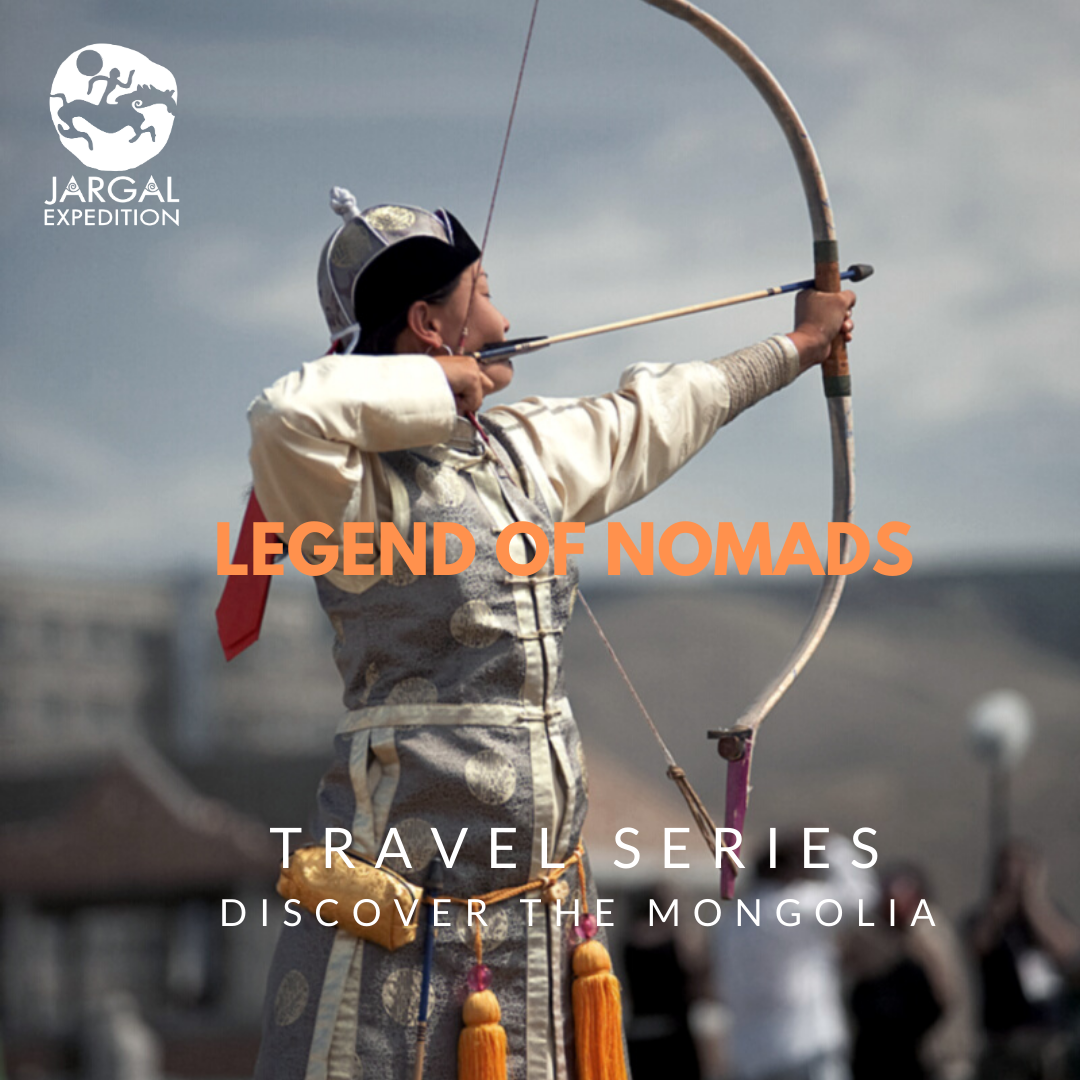
Contact us
recommended tour
We are a small but very active tour operator company responsible for adventure holidays and horse riding engagements
